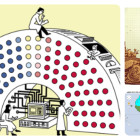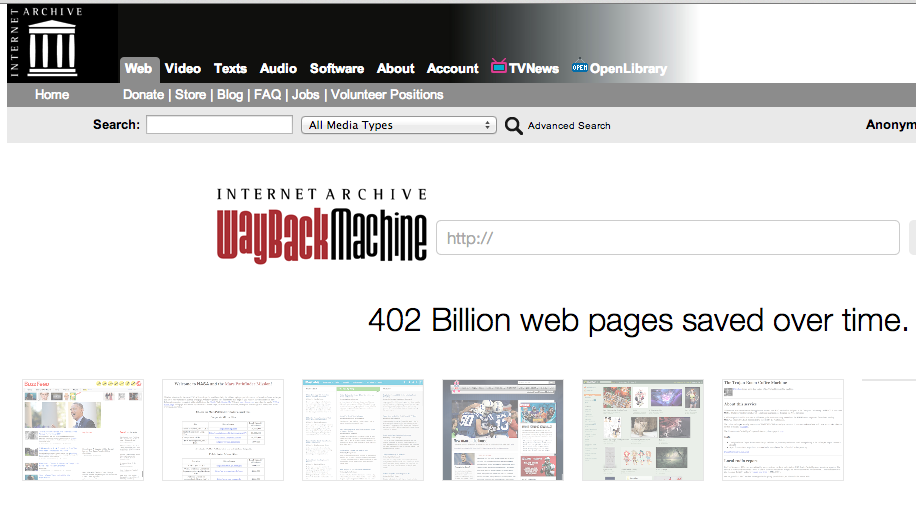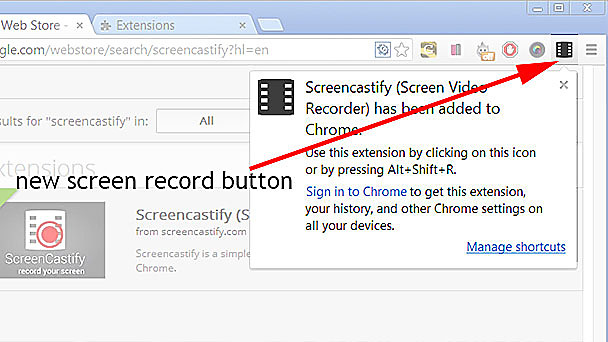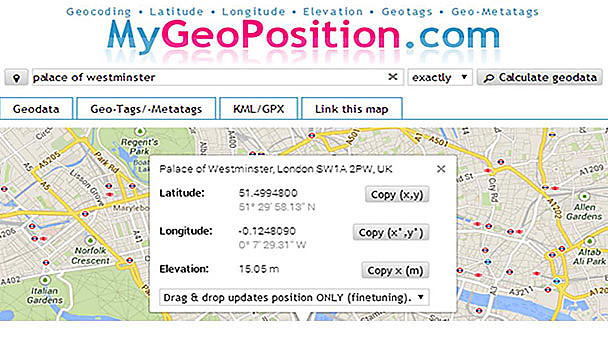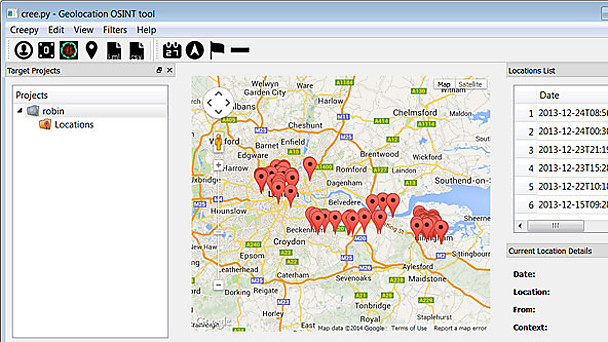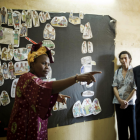The environment is the overarching issue of the 21st century for two reasons:
1. The environment includes and touches everything: air, water, food, health, climate, energy, development, poverty, economics—the list could go on without end.
2. Nearly every major environmental indicator is in decline.
We are pushing up against the limits of the Earth’s ability to support us. Climate change, biodiversity loss, and nitrogen pollution are moving toward crisis levels, according to recent studies. There is little public awareness of this reality, which means journalists covering the environment have a plethora of important stories to cover.

